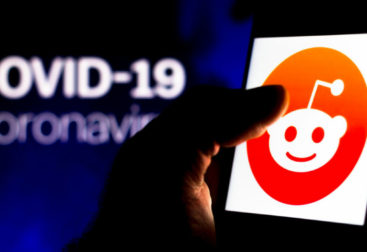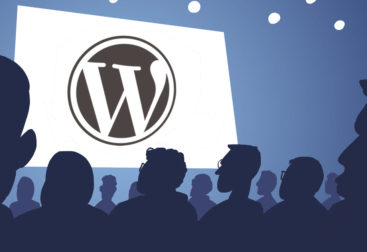Social media sites offer the potential for a wide range of social experiences with people both locally and globally, opening up new levels of interaction and the possibility for community building and meaningful consensus building.
The nature of these experiences are different on each platform, with widely different styles between platforms such as Instagram, Twitter, Facebook and Tumblr for example. Because of the unique interface, rules and allowed functionality, the difference in each platform can be understood by the way they provide different affordances to their users.
Affordances are the properties of a social media platform that can be manipulated and utilised by users, or present the possibility for novel types of interaction (Moreno, D’Angelo 2019).
Affordances on social media platforms evolve over time, due to platform users engaging with features in ways that were never intended by the designers, and these affordances dictate the possible social experiences and level of sociality available to users.
One such example of this is the social media site Twitter. Since its launch in 2006, Twitter allowed a limited set of affordances, which has expanded over time to include a long list of possible affordances, including but no limited to:
- 280 character tweets (up from the original 160)
- Use of Hashtags, #, to link content together across the whole site.
- Using @ to directly mention a particular user
- Trending tweets to show popular content
- Ability to post video and audio content
- Configure your personal profile page
- Ability to like content, retweet quote tweets of others.
- Create threads for many multiple tweets.
- Creation of ephemeral content called Fleets
- Allowing businesses to advertise to users.
I have personally utilised all of these affordances in the creation of my Twitter profile, https://twitter.com/stevemills, which I have been updating regularly since 2012. This enables me to keep up with current events, connect with people and share my thoughts with the world.
As Twitter has such a large amount of affordances available, the platform can be used for a large range of purposes, with users combining features in novel ways to develop new affordances such as:
- The ability to organise large groups for protest in real time, such as Occupy Wall Street. (Tanupabrungsun, Hemsley, Semaan, 2018).
- Public conversations occur between individuals with the @ function, that others can then comment and retweet on, developing a sprawling, multibranched discussion.
- Television shows such as Q&A use Twitter as a chat room during live broadcasts, making use of the hashtag affordance with #qanda (Pond, Moe, Poell, van Dijck 2016).
All of the examples above demonstrate new forms of social experiences continually apparent as platform users explore and take advantage of the affordances of Twitter, with a similar pattern observed in other social media sites such as Facebook and Instagram.
REFERENCES
Tanupabrungsun, Sikana. Hemsley, Jeff. Semaan, Bryan. 2018 ,Information affordances: Studying the information processing activities of the core Occupy actors on Twitter, First Monday, 2018-02-02
Moreno, M. A., & D’Angelo, J. 2019 . Social Media Intervention Design: Applying an Affordances Framework. Journal of medical Internet research,
Pond, Philip. Moe, Hallvard. Poell, Thomas. van Dijck, José. 2016, Twitter Time: A Temporal Analysis of Tweet Streams During Televised Political Debate, Los Angeles, CA: SAGE Publications, Television & new media, 2016-02, Vol.17 (2), p.142-158.
Karrastock. (2021). How Twitter Users Compare to the General Public | Pew Research Center [Photography]. https://www.pewresearch.org/internet/wp-content/uploads/sites/9/2019/04/PL_19.03.13_TwitterUsers_feature-1.jpg






Hi Steven,
I really enjoyed the content of this post. Being one of the earlier massive social platforms, Twitter was really shaped by user-lead features which I think helped companies afterwards to build their own platforms with these same or similar features (hashtags probably being the biggest).
I would highly recommend using a cohesive referencing style (either Harvard or APA depending on what your main studies are), as it will certainly be penalised during marking, but also makes it easier for readers to access follow-up info if they wish.
All the best,
Robbie
Confident and informative. I enjoy reading your blogs!